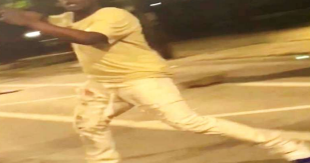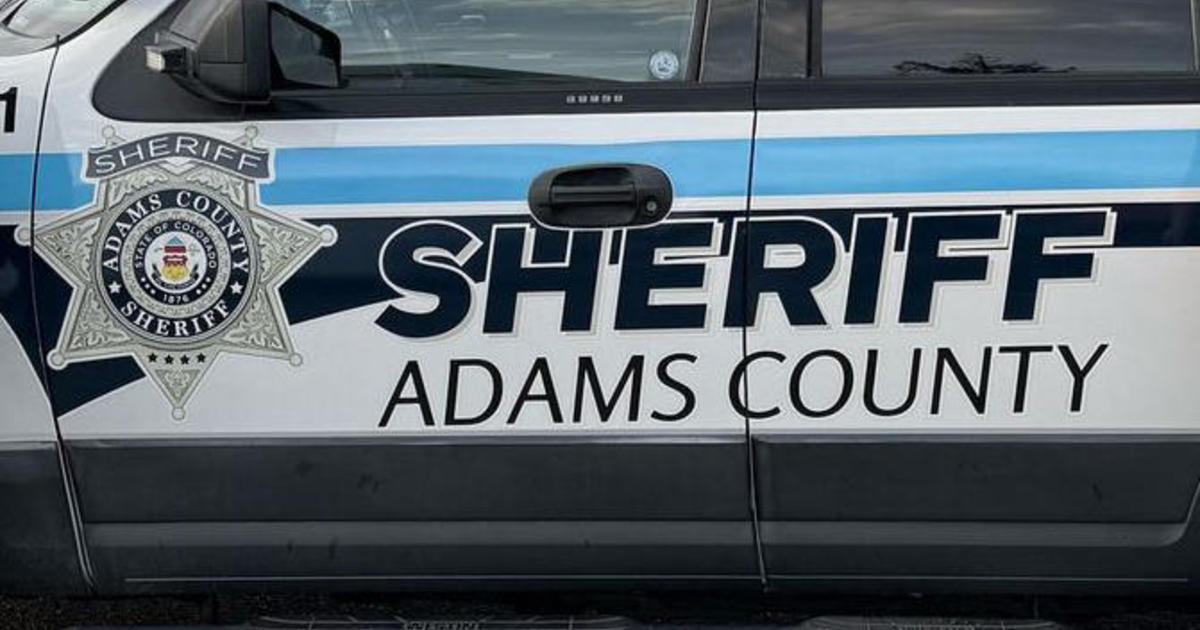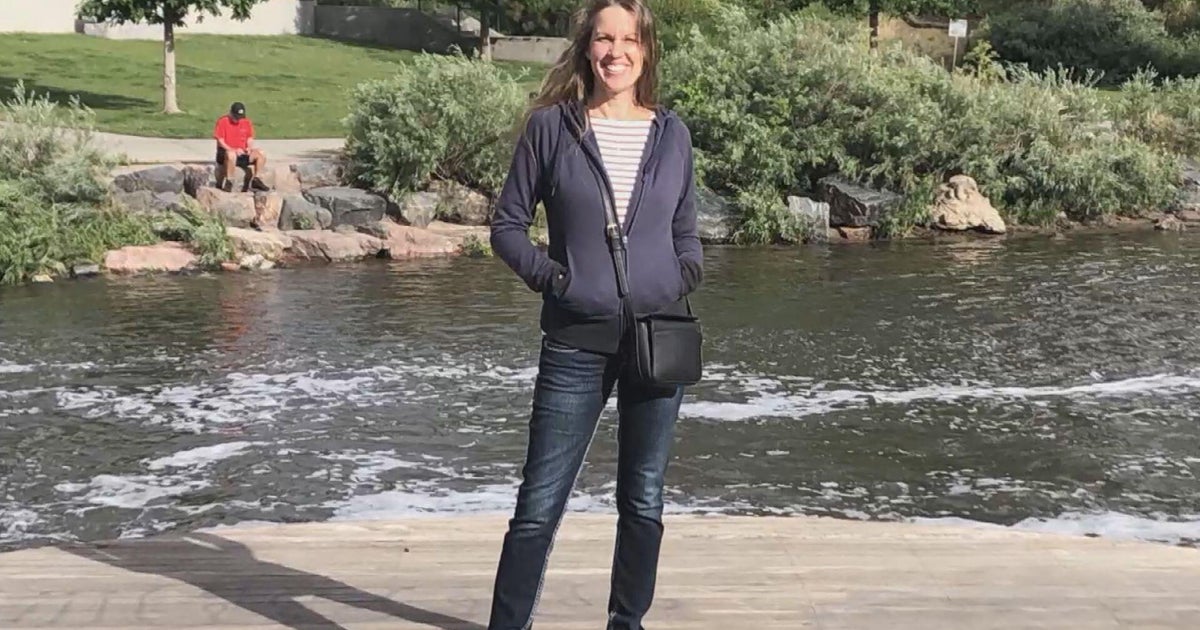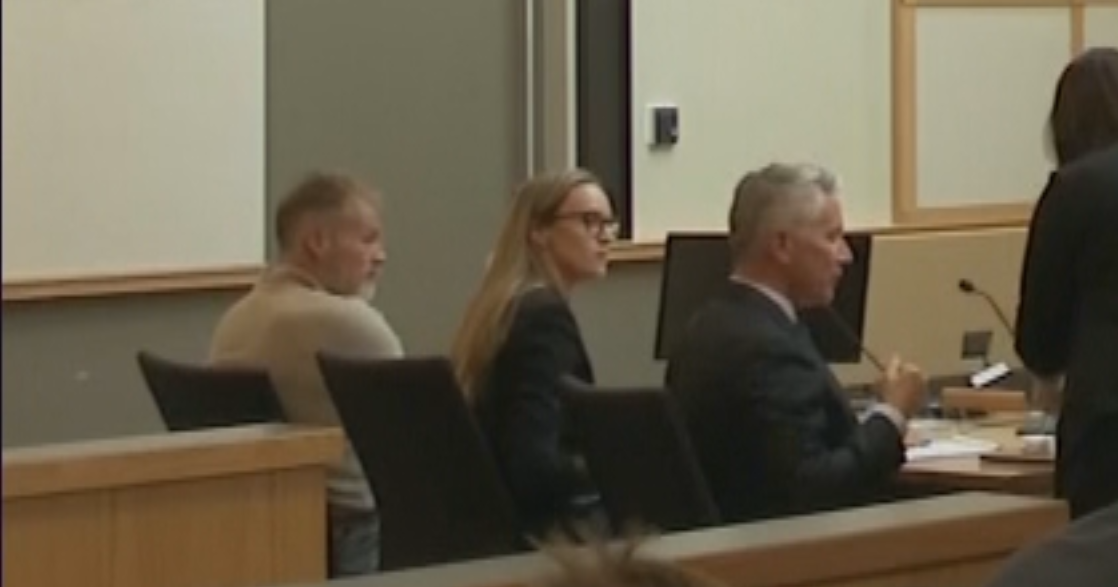Suspected serial killer Bruce Lindahl linked to 1979 cold case out of North Aurora, Illinois
NORTH AURORA, Ill. (CBS) -- It has been 45 years, and now the family of a teenage girl who was killed in North Aurora in 1979 has some closure.
Police said Kathy Halle, 19, was murdered by Bruce Lindahl—a serial killer who was targeting women and girls in the west suburbs.
Using DNA evidence—new technology that did not exist until decades after Halle died—police were able finally to bring her family closure.
Halle's body was discovered April 24, 1979, in the Fox River south of the I-88 bridge in North Aurora. She had been missing almost a month.
Police now say it was Lindahl who left Halle's body there, and they finally have the DNA evidence to prove it.
On March 29, 1979—a little less than a month before her body was found—Halle had just left her home in North Aurora home to pick up her sister at the Northgate Shopping Center. She never made it there.
Police believe Lindahl abducted Halle in the parking lot of her apartment complex before taking her to the Fox River.
Her body ended up being found by a boy fishing near her apartment.
"It doesn't save Kathy. It doesn't hold any justice for Bruce," said North Aurora police Detective Ryan Post. "But it's, you know, the pride that we're able to bring closure to the family on this. That was really important to us."
The key to solving the case was DNA evidence found on Halle's shirt.
"With this particular case with the body having been in the river for three weeks, it was very important that we get every bit of evidence; every bit of DNA that we could possibly get," said Steven DuBois of DNA International.
Just four years ago, the nearby Lisle Police Department solved the case of another murder—the 1976 slaying of Pamela Maurer, a 16-year-old girl who left her home to go get a soft drink. The next morning, her body was found on College Road in Lisle—she had been strangled and sexually assaulted.
In 2020, police exhumed Lindahl's body and used DNA to solve the Maurer case. DNA evidence linked Lindahl to the crime.
Lindahl is also accused of raping and later killing Debra Colliander before she was set to testify against him. Colliander's body was found buried in a Kendall County field in 1982—by which point Lindahl himself was dead.
Lindahl died in 1981 at 28 years old. Investigators said he accidentally stabbed himself to death while murdering another man, Charles Huber.
Now, the DNA used to solve Maurer's case was used once more to solve Halle's.
"We found that the science was good, that it did in fact show that the DNA that was found on Kathy's clothing belonged to Bruce Lindahl," said Kane County State's Attorney Jamie L. Mosser. "As such, had he not killed himself while in a murder, we would have authorized first-degree murder charges against Bruce Lindahl and we would have proceeded to trial."
The DNA used to solve Maurer's case led police to close Halle's.
"They were able to do a direct comparison to Bruce Lindahl himself from the work that they did on their case," said Post.
In a message, Halle's family, who did not want to speak publicly, expressed that they finally had some relief.
"While revisiting this case has been incredibly difficult for our family, we are incredibly grateful to have closure after 45 long years," North Aurora Deputy Police Chief Joe Gorski read from the family's letter.
Surviving victim calls Lindahl a "monster"
Meanwhile, another woman told CBS News Chicago she was raped by Lindahl, also in 1979. She survived and reported it to police, but charges were not filed.
"I call him a monster," said Annette Lazar. "I don't even like saying his name. I call him the monster."
Lazar said Lindahl lured her into his house 45 years ago by offering to sell her marijuana.
"He put a gun to my head, and he raped me—but I got away," Lazar said. "When he put that gun to my head, all I could hear in my brain was, 'I'm going to die, I'm going to die.'"
Lazar was asked why she thinks she survived that day.
"By the grace of God," she said, "my angels were with me."
Investigators said many other women did not escape. They have linked Lindahl to at least a dozen other murders in the western suburbs in the 70s and very early 80s.
Investigators said they suspect Lindahl is responsible for killing other victims found under similar circumstances as Halle. DNA technology is closing the cases at last.
"It's really opened the door for solving those cold cases from before DNA was really prevalent," said Samantha Spencer, a forensic DNA expert for SEP Forensic Consultants.
Spencer is not involved in the Halle case, but said advances in DNA technology have made solving long-cold cases like this one possible.
"We have what's called next generation sequencing that is developing way more data from small amounts of DNA that we have at crime scenes," Spencer said.







